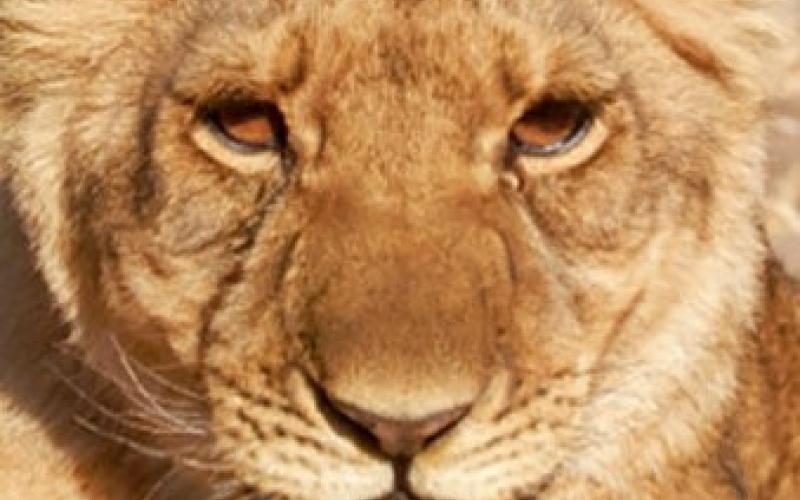Can fences save Africa’s lions? Study reveals rare cases of increasing big cat populations

Can fences save Africa's lions? Study reveals rare cases of increasing big cat populations
While lion populations in West, Central, and East Africa have all been declining at alarming rates, one study finds that lion populations in fenced reserves, specifically in South Africa, have actually been on the rise.
Original Paper:
Bauer, H., Chapron, G., Nowell, K., Henschel, P., Funston, P., Hunter, L. T., Macdonald, D. W., and Packer, C. (2015). "Lion (Panthera leo) populations are declining rapidly across Africa, except in intensively managed areas." Proceedings of the National Academy of Sciences USA, 112 (48), 14894-14899. DOI: http://dx.doi.org/10.1073/pnas.1500664112
African lions (Panthera leo) face a range of threats, from severe habitat loss to a decline in prey species to conflicts with humans. Exacerbating that threat is the market, in Africa and China, for lion parts that are used for a variety of medical and traditional purposes. The African lion is presently listed as vulnerable on the World Conservation Union (IUCN) Red List. New studies report significant declines across the continent: Lions have completely disappeared from 12 African countries, and extinctions may have recently occurred in four additional countries. Because of limited funding for conservation and management of reserves, as well as a decrease in suitable lion habitat, the future of this species seems dire. But a recent study published in the Proceedings of the National Academy of Sciences revealed promising news.
In an analysis of lion populations across Africa, scientists found increases in the number of animals protected behind fencing in parts of Southern Africa. Led by Hans Bauer from the University of Oxford Recanati-Kaplan Centre, a group of researchers analyzed data from several studies conducted over the past two decades in 47 out of the 67 areas where lions can be found today. Those different studies used a variety of different methods to estimate the lion populations, such as radio telemetry — in which tracking collars are attached to individuals. Using statistical models, Bauer then calculated the growth rates of different lion populations, which he then used to predict future population numbers.
With the expansion of human populations and increased land development, lion populations are quickly losing habitat. The big cat's prey is being depleted because people are resorting to bushmeat, or wild animal meat, for food. This means less food for lions. Most protected areas in Africa have limited funding for conservation, government staff salaries, and resource management experts. In West Central Africa, for instance, the researchers found that all lion populations are declining with the exception of one population; overall, lions in the region are likely to be cut in half in 20 years. In East Africa, all populations are declining except the lions in the Serengeti National Park.
But in Southern Africa, where lions are mainly in fenced reserves, the populations are increasing. In South Africa and Kenya, for example, the reserves offer ample prey, intensive monitoring by scientists of population dynamics, and a larger budget to afford intensive management keep larger lion populations.These results may point to and encourage the success of intensive monitoring and conservation efforts. If government policies and monitoring practices are not strengthened to help protect these felines, their existence may be in danger.




